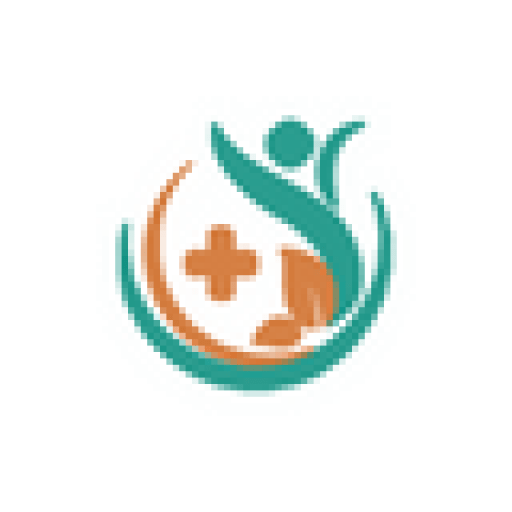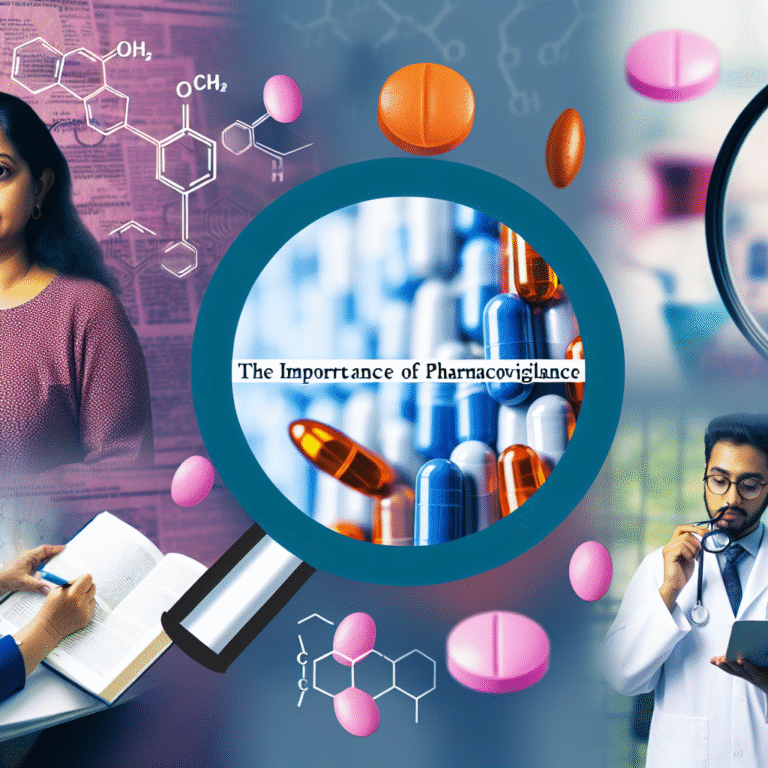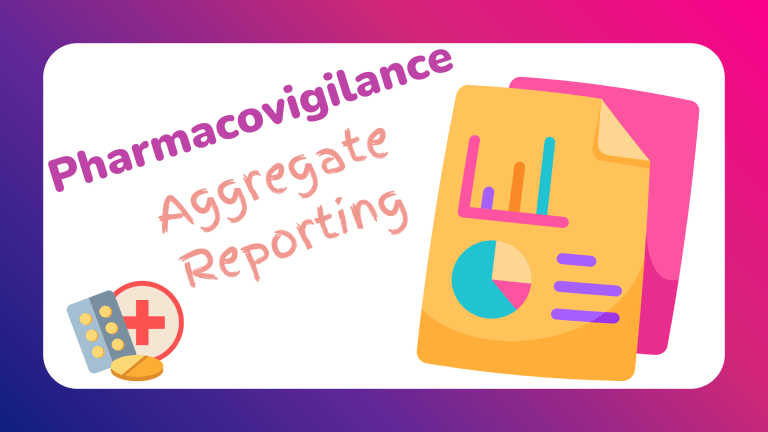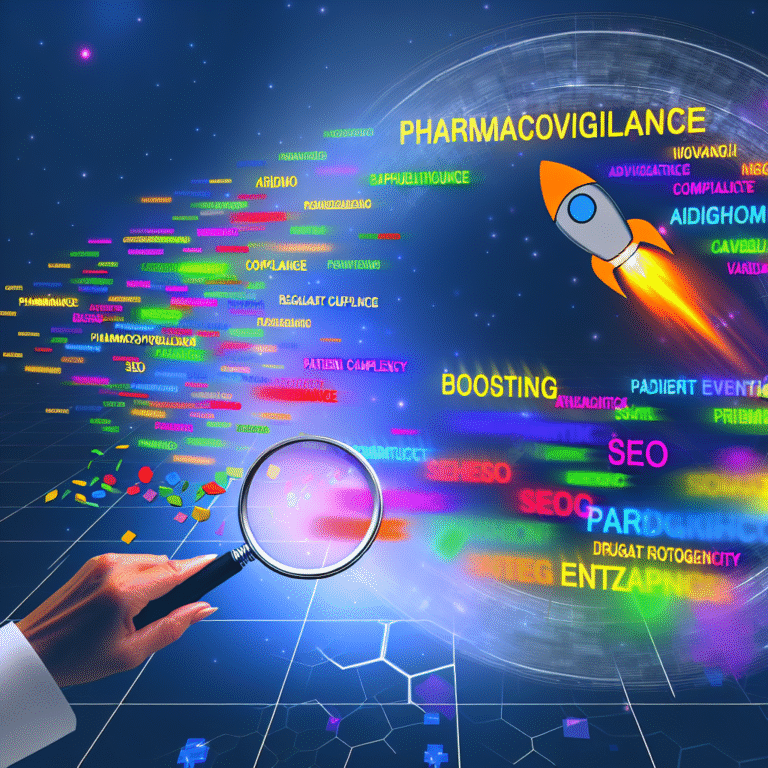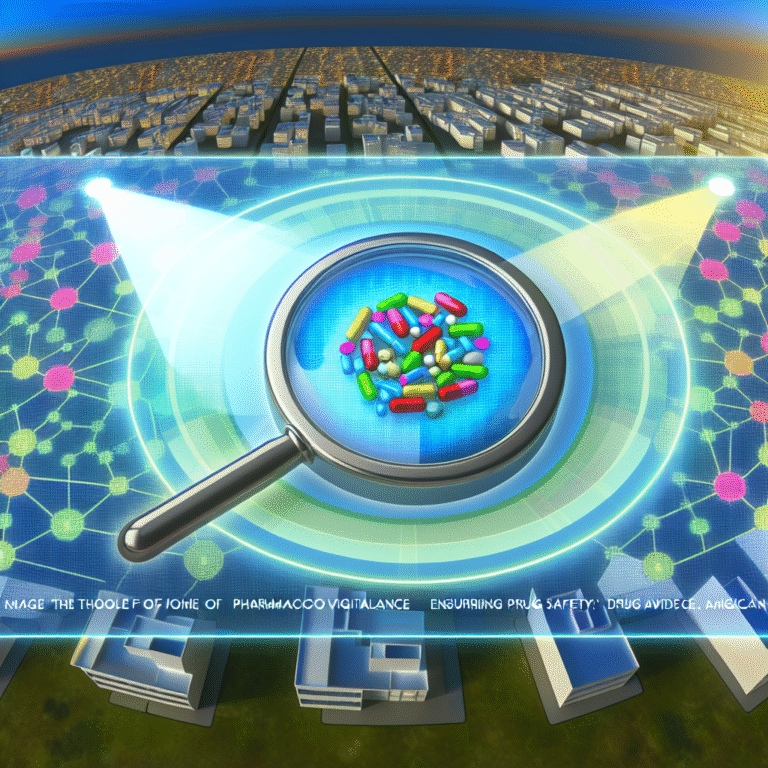Step-by-Step Guide to Understanding Pharmacovigilance Reporting for Healthcare Professionals
Step-by-Step Guide to Understanding Pharmacovigilance Reporting for Healthcare Professionals
Introduction
Understanding Pharmacovigilance: In healthcare, keeping patients safe is very important. Pharmacovigilance helps with this by carefully watching the effects of medicines to make sure any bad effects are found and dealt with quickly.
Objective of the Guide: This guide is here to help healthcare workers understand pharmacovigilance better. By learning about how it works, why it’s important, and how to report drug safety issues, healthcare providers can take better care of patients and help keep medicines safe for everyone.
What is Pharmacovigilance?
Definition and Purpose: Pharmacovigilance means the science and activities about noticing, checking, understanding, and stopping bad effects or any other drug problems. Its goal is to improve how medicines are used safely and carefully.
History and Evolution: Pharmacovigilance started in the 1960s with a sad event called the thalidomide disaster. This was when a medicine meant to help with morning sickness in pregnant women caused birth defects. This tragedy showed how important it was to watch drug safety, leading to the pharmacovigilance we have today.
Importance in Healthcare: Pharmacovigilance is very important for patient safety because it helps find bad drug reactions early. By watching medicines closely, healthcare providers can stop possible harm and make sure medicines are used safely, helping public health.
Key Parts of Pharmacovigilance
Adverse Drug Reaction (ADR) Reporting: ADRs are unwanted effects that happen when people use medicines. Reporting these is important to understand drug risks and keep people safe.
Data Collection and Management: It’s important to collect data about ADRs carefully. Good management systems help process and understand reports quickly and correctly.
Risk Assessment and Communication: Once risks are found, they need to be looked at and shared with people like healthcare workers, regulatory bodies, and patients to prevent harm.
Pharmacovigilance Regulatory Framework
International Guidelines: Pharmacovigilance follows guidelines like ICH (International Council for Harmonisation), WHO (World Health Organization) guidelines, and CIOMS (Council for International Organizations of Medical Sciences) recommendations.
National Regulations: Each country has its own rules to watch drug safety. While they might be different, they all want to keep patients safe and make sure medicines are used well. Healthcare workers need to know the rules where they are.
Role of Regulatory Bodies: Groups like the FDA (U.S. Food and Drug Administration), EMA (European Medicines Agency), and MHRA (Medicines and Healthcare products Regulatory Agency) check safety data and take actions to keep people healthy.
Step-by-Step Reporting Process for Healthcare Professionals
1. Identify the ADR: Look for signs and symptoms that might mean there is a bad drug reaction. Knowing what to watch for with specific medicines is helpful.
2. Collect Pertinent Data: Get all the important information, like patient details, medical history, drug information, and a description of the reaction.
3. Choose the Right Reporting System: Decide if the issue should be reported locally within your facility or nationally depending on how serious it is.
4. Complete the Reporting Form: Fill out the form carefully, making sure all the needed parts are complete for easier processing and assessment.
5. Submit the Report: Follow rules on how and where to send the report, whether online or on paper.
6. Follow Up: After you send it, check back if there’s more info or confirm that your report was received and see what action was taken.
Best Practices in Pharmacovigilance
Timeliness and Accuracy: Reports should be sent quickly and be correct so they give useful info that can be used to protect patients fast.
Confidentiality and Ethics: It’s important to keep patient info private and follow ethical standards when reporting.
Continuous Education and Training: Healthcare workers should have regular training and updates on pharmacovigilance so they can monitor and report well.
Technology and Pharmacovigilance
E-Reporting Systems: Using electronic systems makes sending and processing reports faster and more complete.
Data Analysis Tools: Advanced tools help look through lots of data to find trends and patterns that could predict bad drug reactions.
Artificial Intelligence and Machine Learning: These technologies help find ADRs in large datasets and might predict problems before they happen.
Challenges in Pharmacovigilance
Underreporting: Not reporting enough is a big problem in pharmacovigilance, often because people don’t know how or think it’s too hard.
Global Variability in Regulations: Different rules in different places can make it tough for pharmacovigilance, so knowing local guidelines is crucial.
Complexity of Medical Products: As treatments get more complex, it’s hard to see which ones are causing bad reactions.
Conclusion
Recap the Importance: Pharmacovigilance is a key part of today’s healthcare to make sure medicines are safe and work well. Healthcare workers need to understand and take part in pharmacovigilance reporting to help improve patient care and public health. By following steps and learning all the time, they can really help in watching drug safety.
